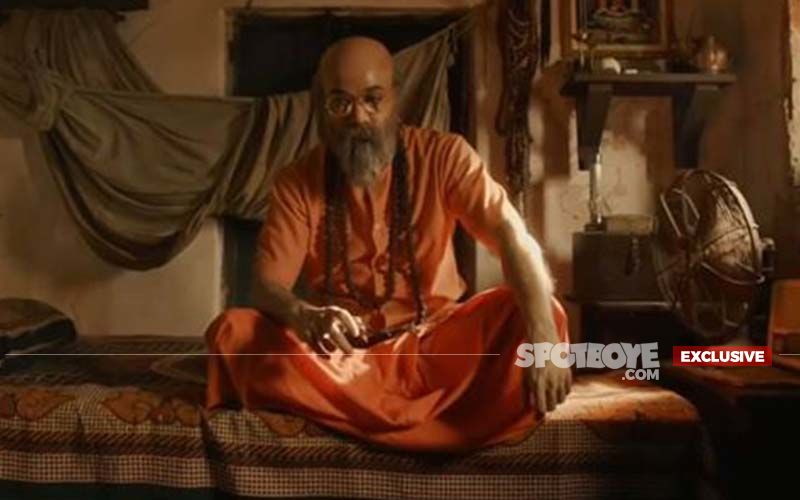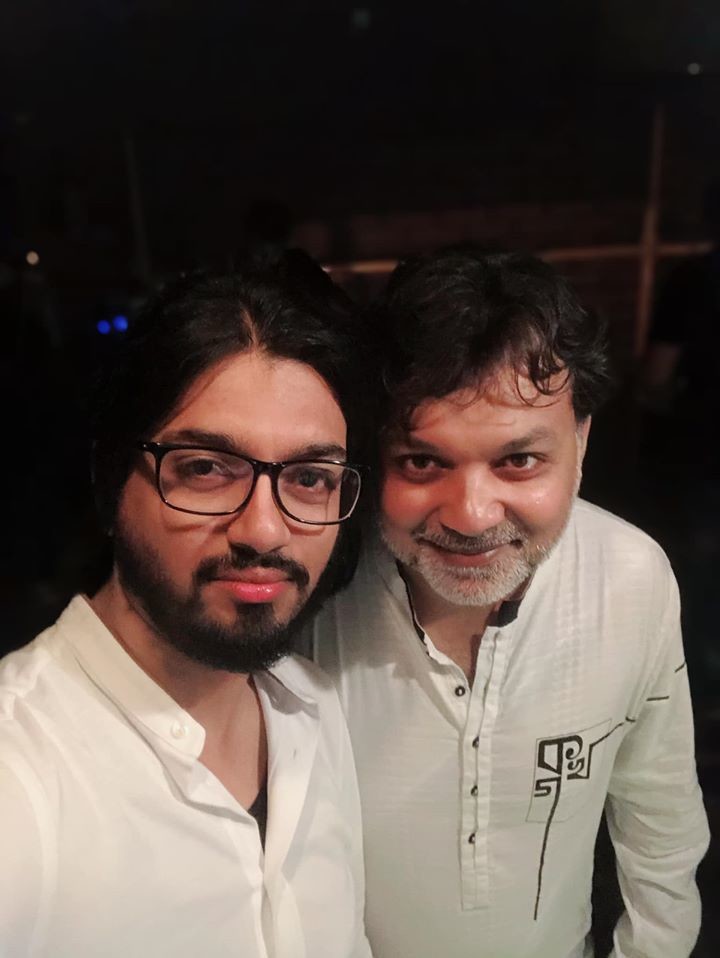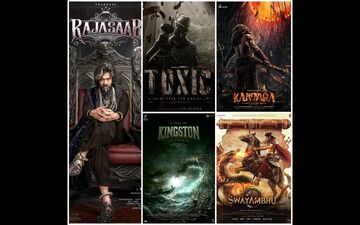Debojyoti Ghosh: Meet the man who is painting Tollywood all colours of the rainbow!
Debojyoti Ghosh is one of the most sough-after colourists in the Bengali film industry. He has worked with all major directors of the industry and is just shy of his 200th film

Do you know what Srijit Mukherji, Koushik Ganguly, Arindam Sil and a host of other Tollywood directors have in common? Their colourist! No, this has nothing to do with hair. Colouring is an integral part of film-making, and for all the best directors of Tollywood, the go-to man is Debojyoti Ghosh. The young man is so much in demand that in less than a decade, he has worked in almost 200 films. Not only Bangla, Debojyoti Ghosh has also worked in Oriya and Bhojpuri films. His biggest work in terms of scale is the Bollywood super-hit Pink, starring Amitabh Bachhan and Taapsee Pannu.
What exactly does a colourist do? According to Debojyoti, its a ‘final table job’. “My work starts after the film is shot and edited. I work on the look and feel of the film,” explains Debojyoti. That includes working on the actors’ skin tones, the locations, every little fragment in any particular frame of a film. “I can make the overall tone light or dark, depending on the genre,” says Debojyoti. While comedies or action films will have brighter colours, thrillers would be steeped in dark tones.

Interestingly, Debojyoti has no formal training in colouring. It started with a multimedia degree and a passion for colour. Then he joined Editfx, the most popular and best-equipped editing studio in Kolkata, as an editor. “I studied film technology for a while. Then in 2010, I started colour correction. Before that, there was no such facility in Kolkata. Bengali films were sent to Mumbai or Chennai for colour correction,” says Debojyoti. He now trains newbies in his art.
How long does it take to colour a film? Debojyoti explains, “Ideally, I would like 20 days to one month. But we never get that much time. For Bengali films, I have to finish my work in 8-10 days. Commercial films have an even tighter restriction on time. I usually finish them in a week. The maximum time I have taken is for Jonaki, a festival film. I took 40 days for it.”
Srijit Mukherji’s 2019 Pujo hit Gumnaami was Debojyoti’s 182nd film. At the rate he’s going, a double century is soon forthcoming!
Image Source:-youtube/svf
What exactly does a colourist do? According to Debojyoti, its a ‘final table job’. “My work starts after the film is shot and edited. I work on the look and feel of the film,” explains Debojyoti. That includes working on the actors’ skin tones, the locations, every little fragment in any particular frame of a film. “I can make the overall tone light or dark, depending on the genre,” says Debojyoti. While comedies or action films will have brighter colours, thrillers would be steeped in dark tones.

Interestingly, Debojyoti has no formal training in colouring. It started with a multimedia degree and a passion for colour. Then he joined Editfx, the most popular and best-equipped editing studio in Kolkata, as an editor. “I studied film technology for a while. Then in 2010, I started colour correction. Before that, there was no such facility in Kolkata. Bengali films were sent to Mumbai or Chennai for colour correction,” says Debojyoti. He now trains newbies in his art.
How long does it take to colour a film? Debojyoti explains, “Ideally, I would like 20 days to one month. But we never get that much time. For Bengali films, I have to finish my work in 8-10 days. Commercial films have an even tighter restriction on time. I usually finish them in a week. The maximum time I have taken is for Jonaki, a festival film. I took 40 days for it.”
Srijit Mukherji’s 2019 Pujo hit Gumnaami was Debojyoti’s 182nd film. At the rate he’s going, a double century is soon forthcoming!
Image Source:-youtube/svf

__2024-11-22-6-45-35_small.jpg)
